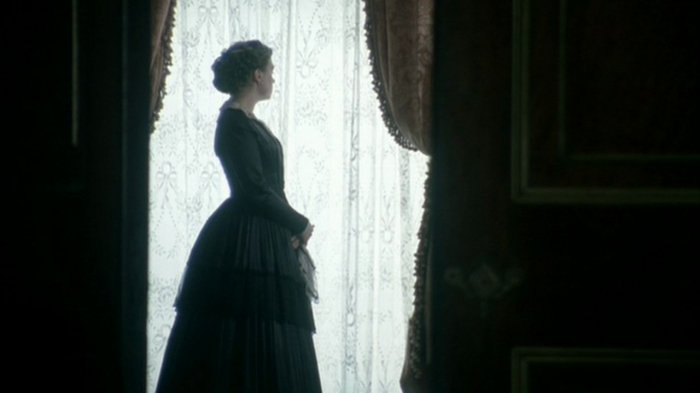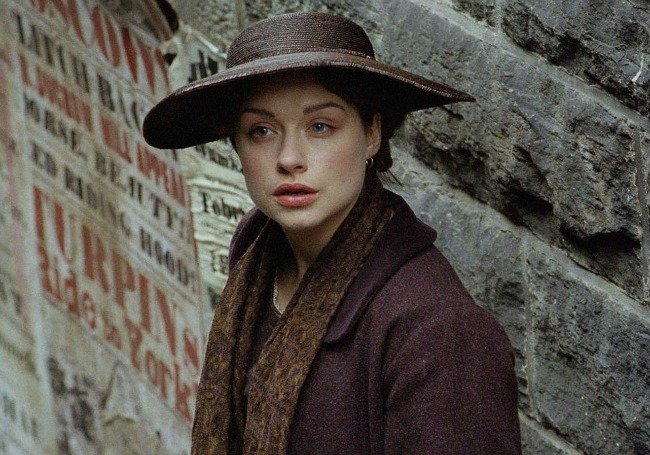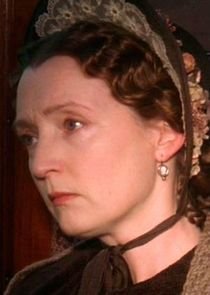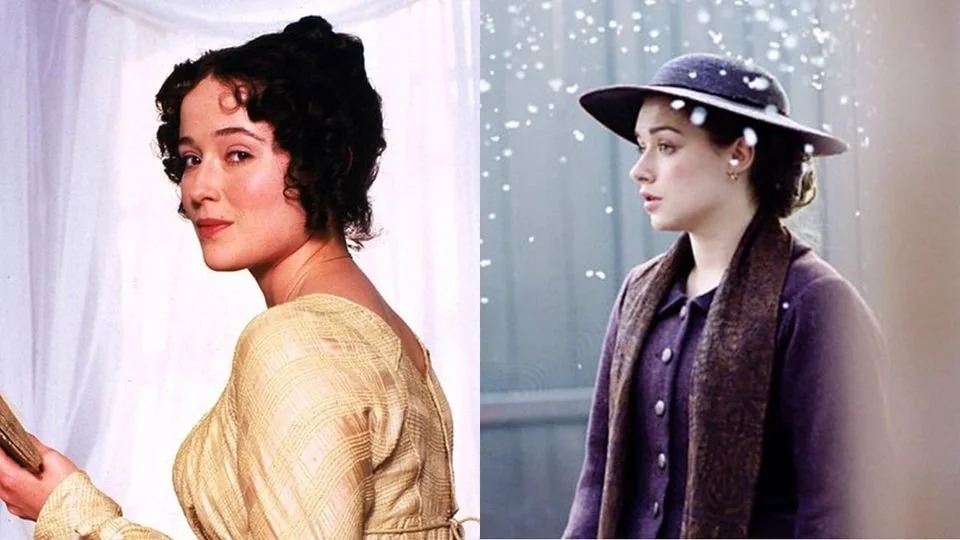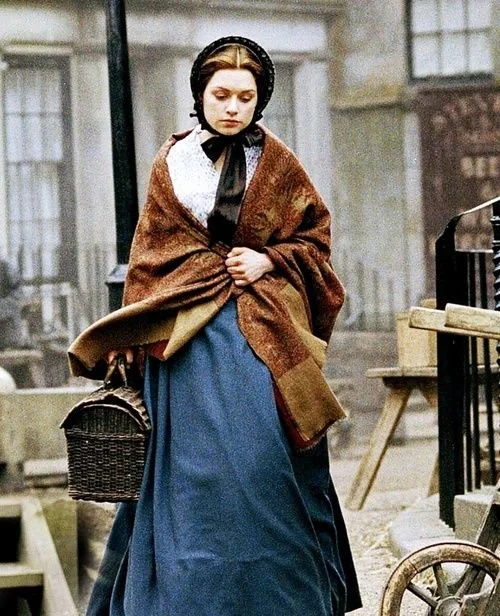(This post contains affiliate links. Purchases made from these links help fund the blog.)
More Than Thornton is pleased to announce a new North and South novella by Caroline Malcolm-Boulton.
The Woollen Olive Branch is a festive retelling of Elizabeth Gaskell's beloved classic novel, North and South.
As the winter nights draw in, Margaret Hale feels increasingly overwhelmed by her feelings for John Thornton, the man whom she refused, and in turn, he longs to tell her that he still loves her faithfully, in spite of their past misunderstandings.
Having not seen each other for several weeks following first the incident at Outwood, and then his jealous condemnation of her character, the hero and heroine of the story miss one another sorely, both praying for an olive branch to offer the other in friendship at Christmastime.
Here’s an excerpt from The Woollen Olive Branch: A North and South Retelling
by Caroline Malcolm-Boulton (The Scribbler CMB)
“John turned it over in his hands to inspect it more closely. It was perfect in its imperfection. It was lengthy and thick, but not extravagant in either way, and the yarn was robust yet delicate, promising to wrap his neck in woollen warmth. There were tiny holes here and there marked by frogging, nothing really, but it was charming to think, rendering it seamless to his eye, because it told him that Margaret, despite her flawlessness, could make mistakes. The thought that she had made this with evident care caused his heart to gallop in his chest, and while his former self would have doubted that true forethought had been knitted into its folds, loop by loop, there was a demonstration of dedication to every purl. But there was one detail which interested him the most.”
Interview with the author
If you’ve attended some of the North and South talks given by Elizabeth Gaskell’s House, you may already recognize the author, Caroline Malcolm-Boulton! Caroline presented a few of the talks, including the one about John Thornton as a gentleman.
I’m pleased to welcome Caroline to my blog. I’ve asked her to talk about how she fell in love with North and South and to give us her thoughts about writing fan fiction.
Falling in love with Gaskell’s story
I first came across North and South at age eleven when the 2004 BBC series aired. Growing up in a family that had always cherished the classics, we were excited every time a new adaptation came to our screens, so it was a real treat to sit down and watch it together. Even so, I’m sorry to say, that like most people, we’d never heard of North and South before, given that Elizabeth Gaskell did not, and still does not, get the recognition she deserves. Still, while her lack of applause and appreciation is inequitable, it did have a silver lining, which was that we were able to watch it without knowing what was to come.
And well, it goes without saying that I fell in love immediately.
I was captivated by the storyline, the drama, the costumes – all of it! It was also really fun to see so much of Edinburgh, a city I live close to and know very well indeed. And being only eleven, I was really too young to be influenced by the Richard Armitage affect, so I could just enjoy the story for what it was: an inspiring and timeless tale of love and the struggle for equality in all areas of life.
One of my fondest memories is watching the station scene for the first time. Up until then, we had this tiny box-like television, but we then got a new one that had high definition sound and picture, and the first thing we watched was the last episode of North and South. It was winter, so it was dark, and I vividly recall sitting in awe as the final scene played out, the beauty of all the creative elements coming together perfectly.
Over the next seventeen years, my fascination with North and South grew. I read and watched it frequently, I studied it at university, and I was involved in a touring stage adaptation of it in 2015, helping to write the script and also being privileged to play Fanny Thornton. Now, on the brink of my thirties, I work as a freelance Arts and Film/Television journalist, and am delighted to say that I’ve dedicated much of my time to exploring the life and legacy of Gaskell.
Writing Fan Fiction
Then, in 2020, I discovered fan fiction. I’d heard of fanfic before, but to be honest, I didn’t really understand it, and I thought it was a bit weird. However, when Covid-19 hit, everything in Britain was closed, apart from supermarkets and pharmacies, meaning that many items, such as books, weren’t easy to get your hands on. This posed a problem, because I’d read all the books in my small flat, and I didn’t have an e-Book, but one of my friends worked for the postal service, and she was feeling overburdened by the immense increase to her workload with everyone buying things online. Therefore, I felt it wouldn’t be right to sympathise with her and then go off and order something myself, so I didn’t know what to do.
It was then, for reasons that I will never know, that I thought about trying fan fiction. I intentionally chose to start with North and South, partly because it’s one of my favourite books, but also because I instinctively knew that other fandoms, such as Jane Austen, would maybe be a bit too busy and overwhelming for a newbie.
It proved to be one of the best decisions of my life.
I quickly became aware of the diversity out there in terms of styles, takes on characters and themes, and even quality of writing. Some stories were exceptional, doing Gaskell justice, and some were not to my taste at all. It’s incredible to see the infinite number of options there are for retellings and continuations, and each writer clearly has a very personal relationship with North and South. But then I realised something. If these people had the right to write their respective interpretations of my favourite book, then why couldn’t I?
So I did.
And here I am, two years later, with over half a million words and 33 stories so far.
It’s been an incredible journey, one which I hope is far from over, and I’ve learnt a lot about myself, grown as a writer and reader, and met some wonderful fellow fans along the way. It’s also prompted me to encourage others to write, because I strongly feel that writing has numerous benefits in terms of a person’s cognitive and creative welfare, and I’ve been proud as punch to see so many friends take up the pen. Fan fiction is a unique genre, and I appreciate if people feel unsure about it, but I’d highly recommend they give it a go. I always say that reading a new book, an original book, is like going on an adventure, we don’t know where it’s going to take us. But reading fan fiction is like coming home to something familiar and safe, to people and places that we hold dear in our hearts, and there are no two characters whom I hold more dear than John and Margaret.
More Than Thornton is excited to see one more story added to the collection of North and South books for our shelves (or Kindle)! And because Caroline is such a prolific writer, I know there will be more stories coming in the future. Fan fiction readers, stay tuned!




